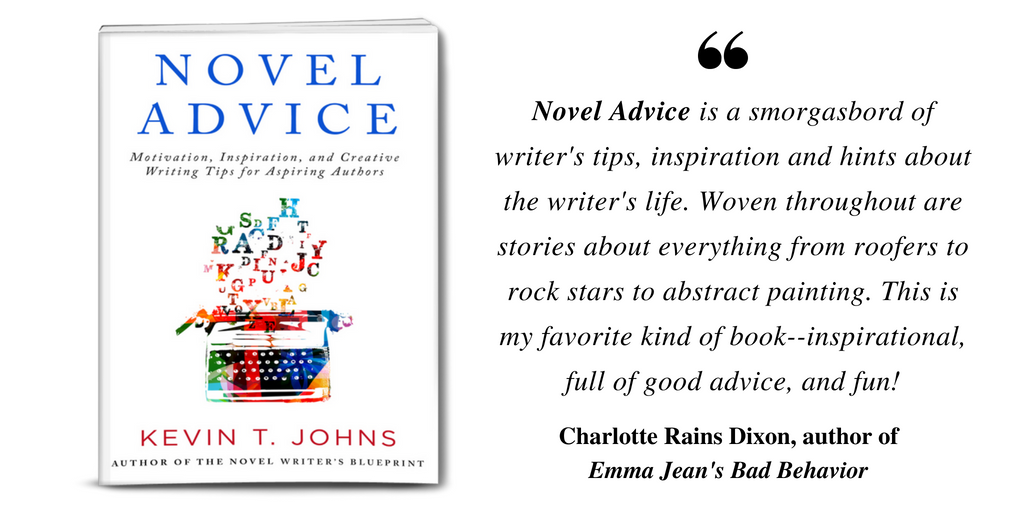Last weekend, I delivered the eulogy at my mother-in-law’s memorial service.
It was an emotional experience.
But, of course, writing is always an emotional experience.
Whether you’re putting together a blog post, or drafting a new chapter in your novel, emotional truth lays at the heart of most good writing.
I recently heard Seth Godin use the term “emotional labour.” It’s an apt term to apply to writing, in general, and to the writing of eulogies in particular.
Many of the emotions that make up the usual suspects of what Steven Pressfield calls “resistance” rear their ugly heads when undertaking a project like writing a eulogy.
What if it’s not good enough?
How can I possibly capture everything I want to say in so few words?
What if I don’t say the right thing?
I don’t know what to say…
I only have one chance to get this right…
Think writing a chapter in a novel is hard? Try summarizing what a departed loved one meant to the world in a seven minute speech!
Fully aware of how heart-wrenching an experience writing the eulogy was going to be, I made the conscious decision to do what I always do when writing gets difficult: I returned to the fundamentals of the craft.
If you’re reading this, there’s a good chance you’re a writer. And if you are writer, there’s a good chance at some point in the future someone is going to ask you to write a eulogy.
In hopes of making that process easier for you, here’s what steps I took.
Step 1. Account for the Form
As with any piece of writing, a eulogy has a specific form to it. There are engrained assumptions and expectation from the audience about certain characteristics of the piece, such as length and format.
A quick google search reveals most eulogies are between 700 and 1000 words in length, which translates roughly to a five to seven minute speech.
I thus had my starting point: a 700 to 1000 word piece of writing that would be delivered as a speech.
The speech element of the form is important because it meant I had to use words that were easily pronounced. I would also need to account for the breaths I would take while delivering the speech.
Remember, punctuation marks like periods, commas, and dashes are a signal for a reader to pause for a moment in their reading, but they are also a signal for someone speaking the material out loud to take a breath.
And breathing is important.
Especially when there is a chance you might be crying or fighting back tears while delivering the speech.
Step 2. Determine the Purpose
Every piece of writing has a purpose.
Some writing informs (essays and articles), some writing entertains (novels), while other writing persuades (sales copy).
The purpose of a eulogy is to encapsulate and celebrate someone’s life.
It’s not a complex purpose, but it’s an important one to have in mind when you write, especially if you have difficulty staying on topic.
Step 3. Know Your Audience
Again, as with all writing, it is important to know your intended audience. (I told you those good ol’ writer’s craft fundamentals were going to be helpful!)
In the case of a eulogy, you will be writing for family, friends, and loved ones who have recently lost someone close to them. Some people in the audience will have extremely intimate knowledge of the deceased, while others may be more distant acquaintances.
In the case of my mother-in-law’s service, I knew there would be people in the audience who didn’t know me, so I made sure to introduce myself as her son-in-law.
Whether or not you will need to introduce yourself, or how much background information you’ll want to include about the deceased, will depend on your audience.
Step 4. Determine the Appropriate Tone
The tone of a funeral service will be dictated by the organizers, those in attendance, and the deceased themselves.
A joke during a eulogy may or may not be appropriate. Some ceremonies are formal and serious in tone, while other are more loose and upbeat. It will be up to you to anticipate the correct tone and craft your writing accordingly.
Before her passing, my mother-in-law made it clear she did not want the ceremony to be a somber affair. We, therefore, called it a celebration of life, not a funeral, and I made sure to create a eulogy that was not overly gloomy. She was a happy, playful, and well-loved person, so I reflected that in the tone of the eulogy.
Step 5. Implement Story Structure
Concepts and theories related to story structure can get complex, and story nerds like me just love to dig deep into that complexity.
That said, at its heart, story structure was articulated perfectly by Aristole thousands of years ago with the simple statement, “A whole is what has a beginning and middle and end.”
We can get a lot more complex than that, but ultimately every piece of writing needs a beginning, a middle, and an end. I therefore used a three act structure when I started thinking about, and then outlining, my eulogy.
For the opening, I identified a specific story I felt encapsulated the core of what my mother-in-law was all about.
My father and step-mother then sent my wife and I a lovely email that included a paragraph similar to the story I was going to use as my opening. This paragraph, I realized, could serve as the ending to my eulogy.
The drafting of the eulogy thus became a process of filling in the middle portion and connecting the two bookends I had already identified.
Step 6. Write from the Heart
When it comes to filling in that middle section, it ultimately comes down to writing from the heart.
There are times to hold back our emotions and to keep ourselves off the page – a eulogy isn’t one of those times.
Being a writer means being willing to put your heart on the page. That applies doubly so to the writer of a eulogy.
Be honest.
Be open.
Be raw.
Be real.
THIS is what Seth Godin means when he says, “emotional labour.”
Writing a eulogy is difficult and painful work.
But it is also an honour.
If that honour has fallen to you, I am sorry for your loss, and hope you’ve found this article helpful.
—
Enjoy this podcast? If so, you’ll love Novel Advice: Motivation, Inspiration, and Creative Writing Tips for Aspiring Authors. Grab a FREE copy by clicking the image below:







